What is the principle behind the explosion of lithium batteries.
Insufficient negative electrode capacity
When the capacity of the negative electrode opposite to the positive electrode is insufficient, or there is no capacity at all, some or all of the lithium generated during charging cannot be inserted into the interlayer structure of the negative electrode graphite, and will precipitate on the surface of the negative electrode, forming protruding "dendrites". During the next charging, this protruding part is more likely to cause lithium precipitation. After dozens to hundreds of cycles of charging and discharging, the "dendrites" will grow and then pierce the separator paper, causing a short circuit inside. The rapid discharge of the battery cell generates a large amount of heat, burning out the diaphragm and causing even greater short circuits. High temperatures can cause the electrolyte to decompose into gas, and the negative carbon and diaphragm paper to burn, resulting in excessive internal pressure. When the outer shell of the battery cell cannot withstand this pressure, the battery cell will explode.
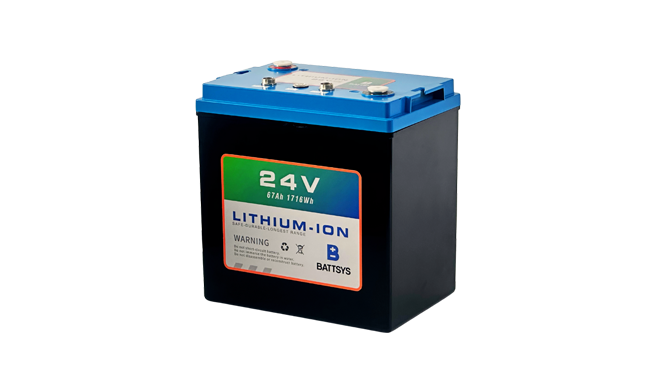
Water can react with the electrolyte in the battery cell to produce gas. When charging, it can react with the generated lithium to produce lithium oxide, causing the capacity of the battery cell to be lost and easily leading to overcharging and gas generation. The decomposition voltage of water is low, and it is easy to decompose and generate gas during charging. When this series of generated gases increases the internal pressure of the battery cell, and when the outer shell of the battery cell cannot withstand it, the battery cell will explode.
Due to the internal short circuit phenomenon, the battery cell discharges a large current, generating a large amount of heat and burning the diaphragm, resulting in a larger short circuit phenomenon. As a result, the battery cell will generate high temperature, causing the electrolyte to decompose into gas, resulting in excessive internal pressure. When the outer shell of the battery cell cannot withstand this pressure, the battery cell will explode.
During laser welding, heat is conducted to the positive electrode ear through the shell, causing the temperature of the positive electrode ear to be high. If the upper adhesive paper does not separate the positive electrode ear from the separator, the hot positive electrode ear will cause the separator paper to burn out or shrink, resulting in an internal short circuit and explosion.
When customers spot weld the negative electrode ear, heat is conducted to the negative electrode ear. If the high-temperature adhesive tape is not properly attached, the heat on the negative electrode ear will burn out the diaphragm, causing an internal short circuit and resulting in an explosion.
When customers spot weld the aluminum nickel composite strip at the bottom, a large amount of heat is generated on the bottom shell wall, which conducts to the bottom of the electrode core. If the high-temperature adhesive paper does not completely cover the diaphragm, it will burn out the diaphragm, causing internal short circuit and explosion.
When a battery cell is overcharged, excessive lithium release from the positive electrode can cause structural changes in the positive electrode, and excessive lithium release can easily prevent insertion into the negative electrode, leading to lithium deposition on the negative electrode surface. Moreover, when the voltage reaches 4.5V or higher, the electrolyte will decompose and produce a large amount of gas. All of the above may cause explosions.
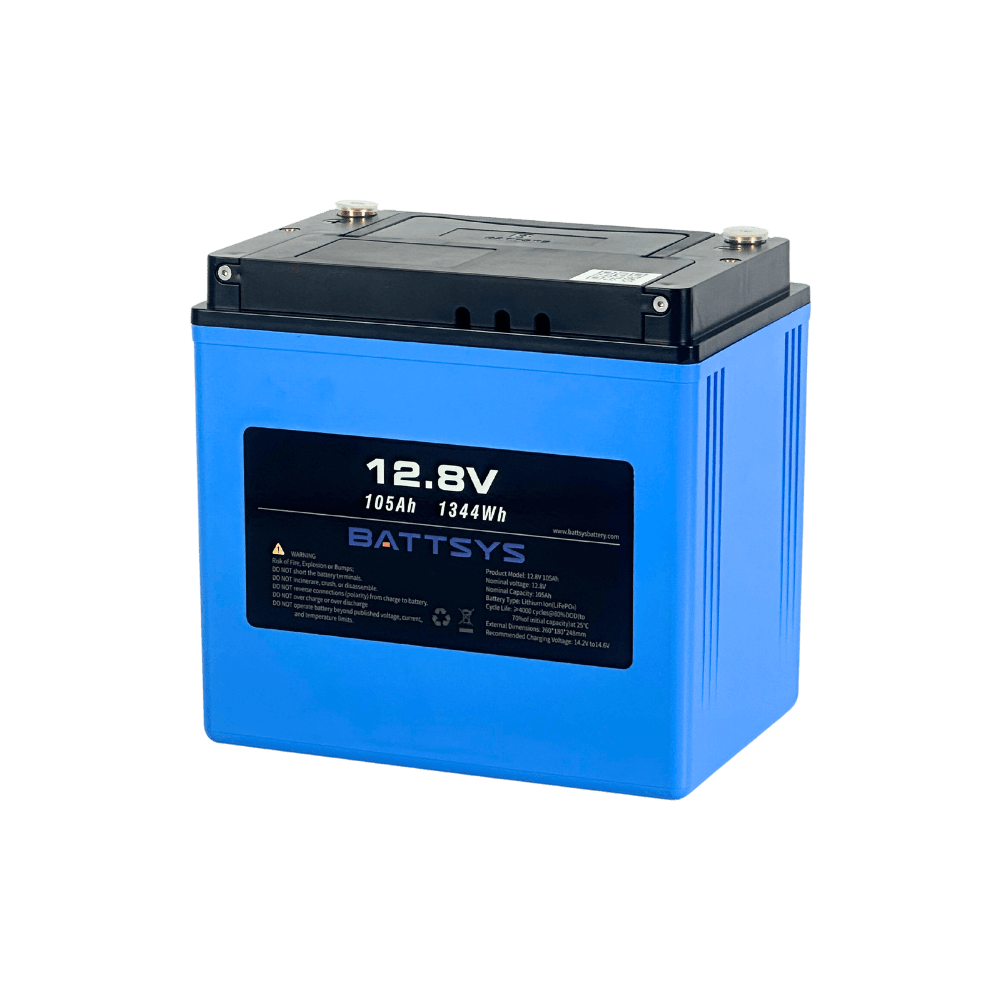
5-year warranty . 3500+ cycles. Charging can last for 8 months.
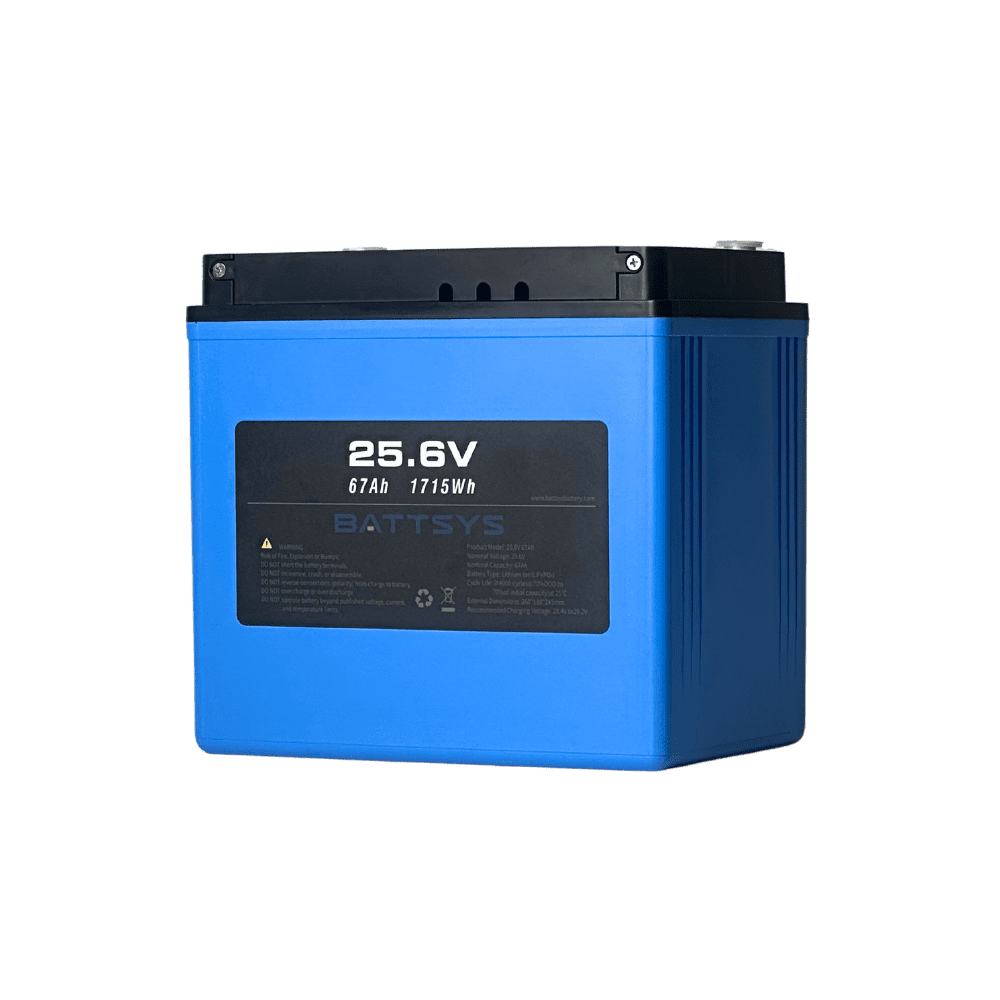
5-year warranty . 3500+ cycles. Charging can last for 8 months.
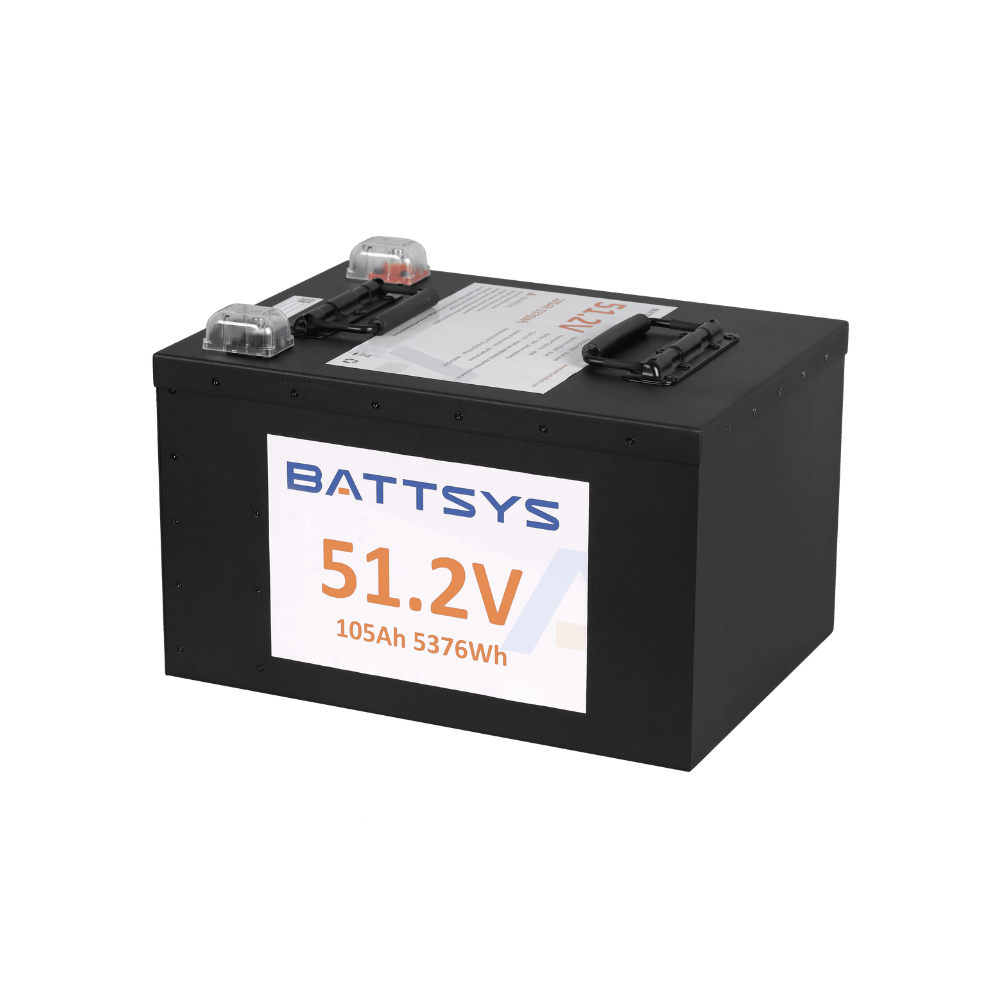
5-year warranty . 3500+ cycles. Charging can last for 8 months.
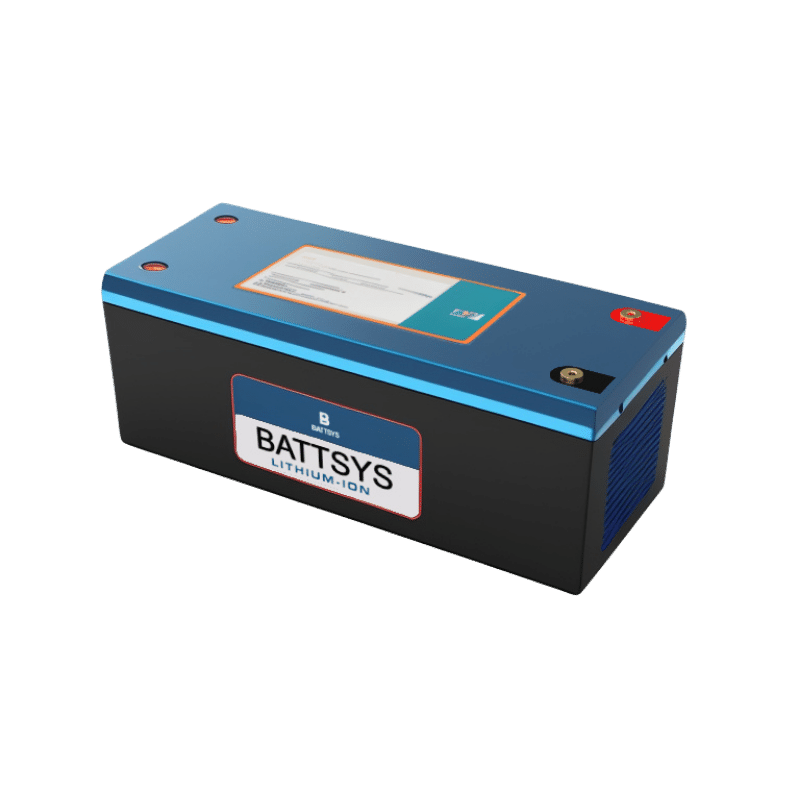
5-year warranty . 3500+ cycles. Charging can last for 8 months.
E-Mail: inquiry@fentbattery.com
Tel: 0086 20 3901-1403
Address: No.3, Dongli Road, Xili, Dongyong Town, Nansha District, Guangzhou City, China
Copyright@ China lithium ion battery manufacturers & suppliers & producers | Lithium Battery Factory & Company-BATTSYS Sitemap